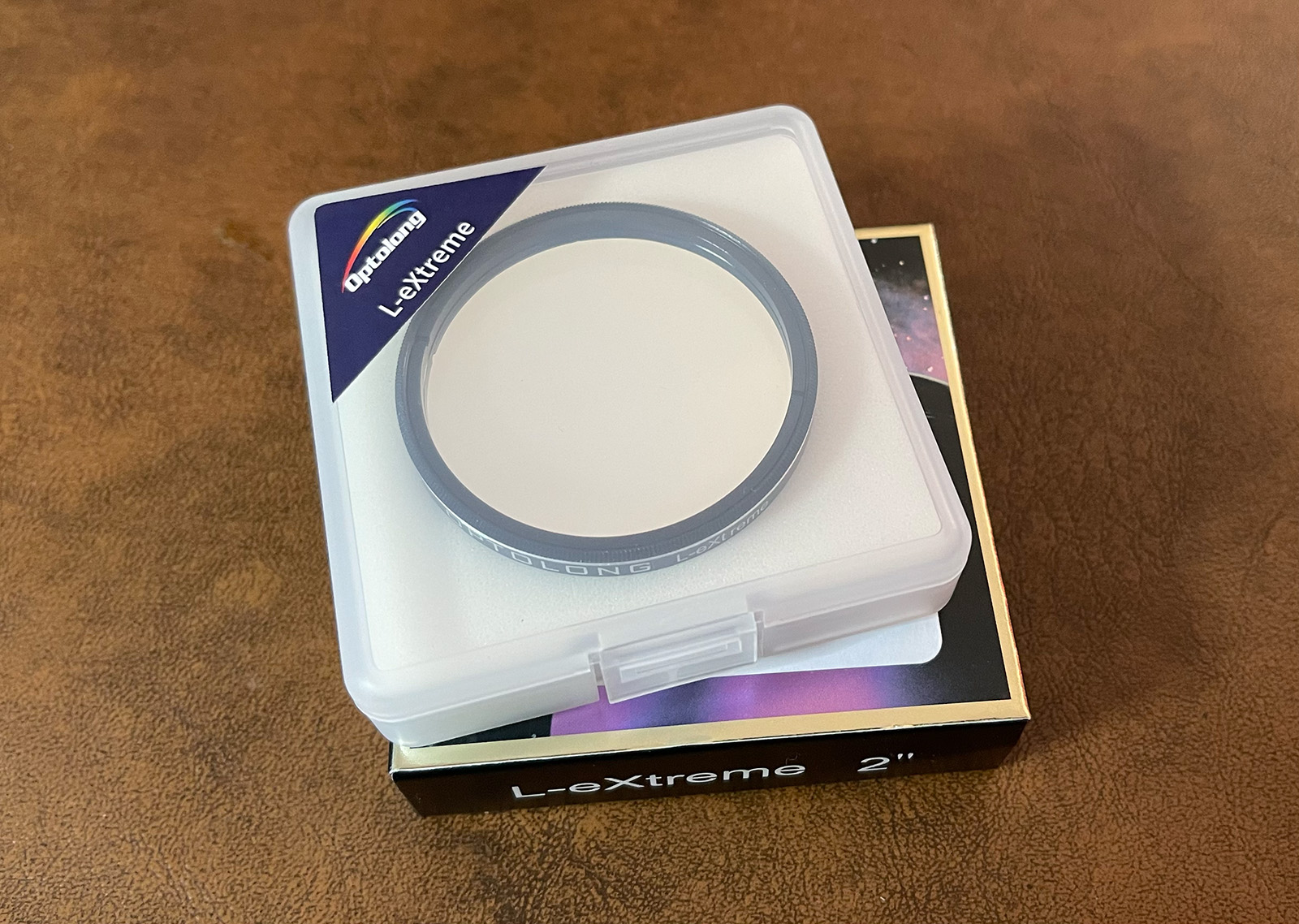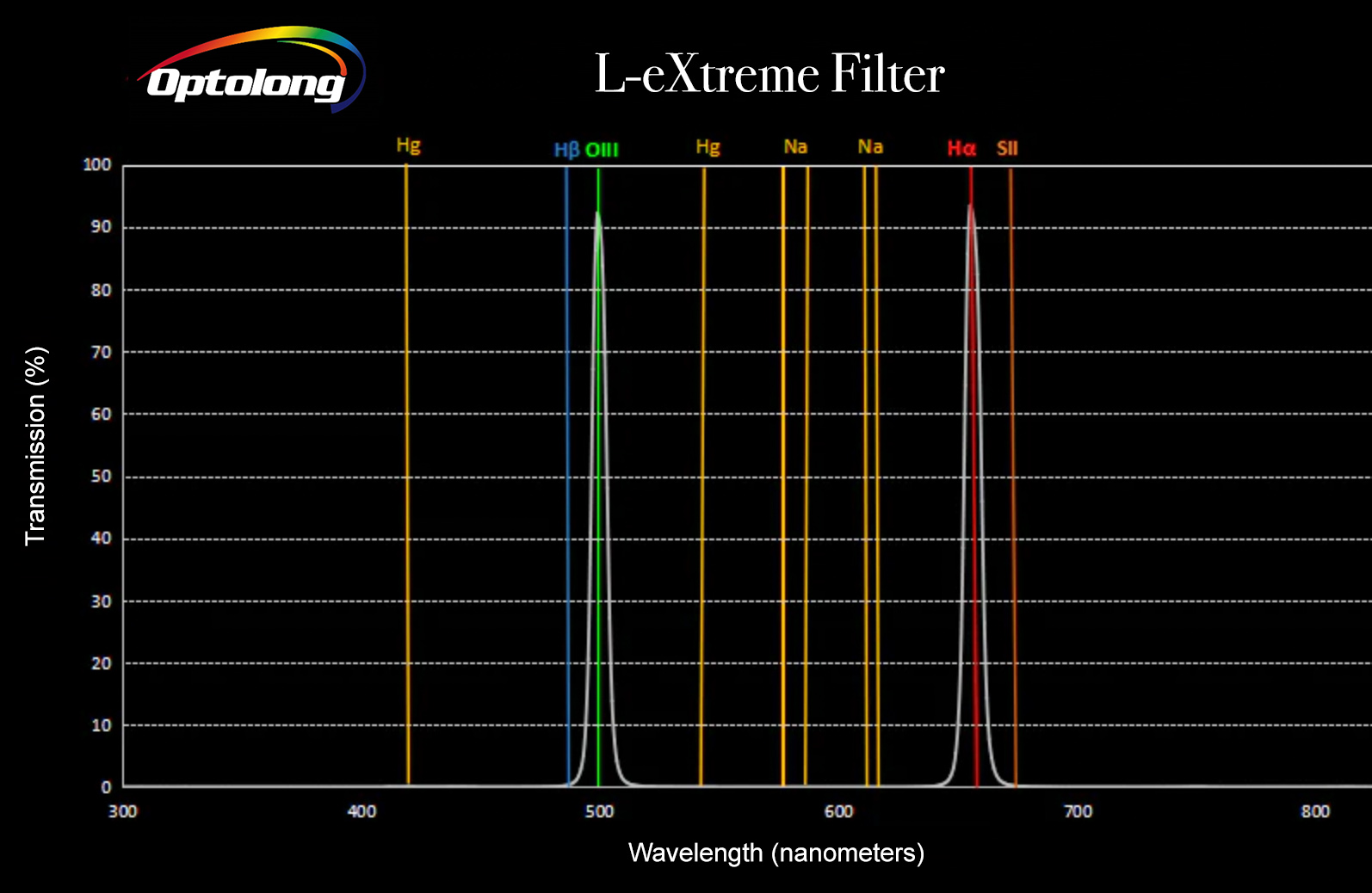After a week of clouds, the skies are clear enough for imaging
Right now, I'm in the middle of a 70 x 240 second Ha imaging run of sh2-157, the Lobster Claw Nebula in Cassiopeia and crossing the border into Cepheus. (I shot this with a Sony A7s, Zeiss Batis 40mm f/2 CF, 15 sec exposure, ISO 1600). That bright star in the center (out of focus—bokeh) is actually Jupiter.
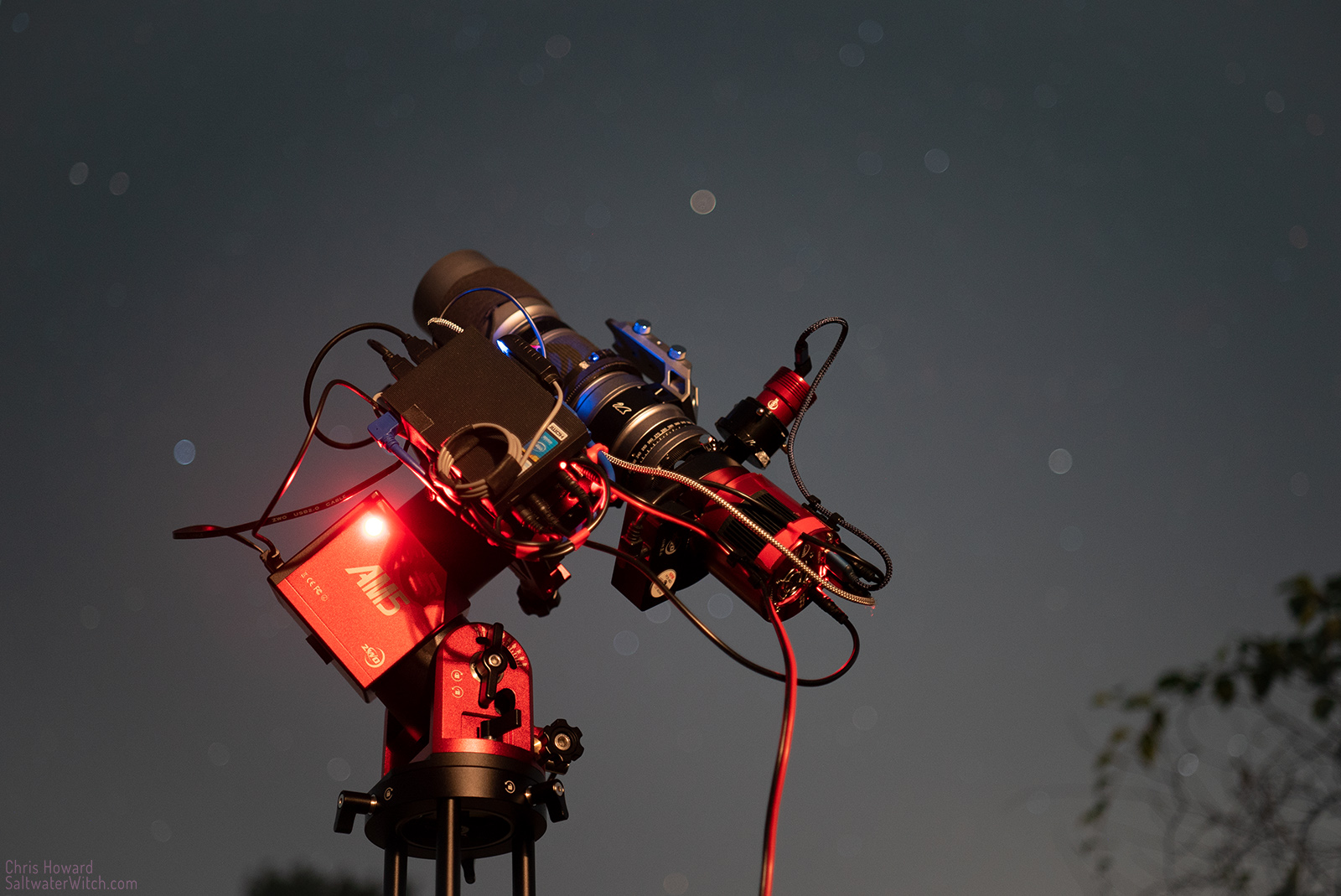
Another one of the astro setup, this time with an Air Force tanker cruising in for a landing at Pease, just outside Portsmouth, in the background. (I think it was a tanker, going by the sound because I couldn't actually see anything but the lights. Pease is home to the 157th Air Refueling Wing).
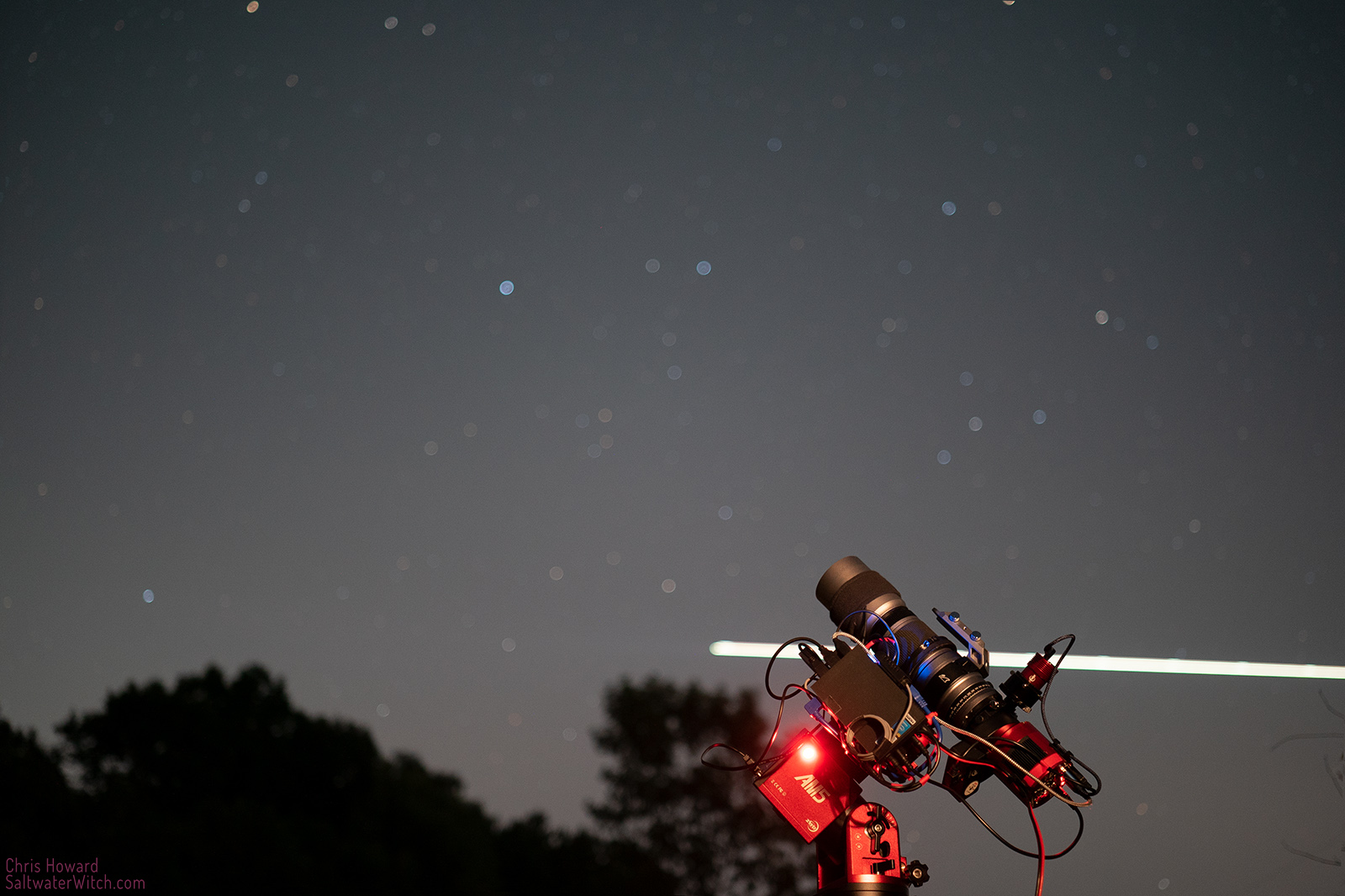
I finished up the Lobster Claw Sunday night with some 3 nanometer Oxygen3 data. The Lobster Claw (Sh2-157), the Bubble Nebula, and so much more, extending over the border from Cassiopeia into Cepheus. The squarish bright region, Sh2-157a, at the joint of the top bluish arc of the Claw is a denser emission structure surrounding the Wolf Rayet star WR-157. The Bubble Nebula is middle top (NGC 7635, Sharpless 162, Caldwell 11), and the bright emission region below and to the right is NGC 7538. That cluster of stars above the Bubble Nebula is Messier 52 (M52). The Lobster Claw Sh2-157 is about 8000 lightyears away.
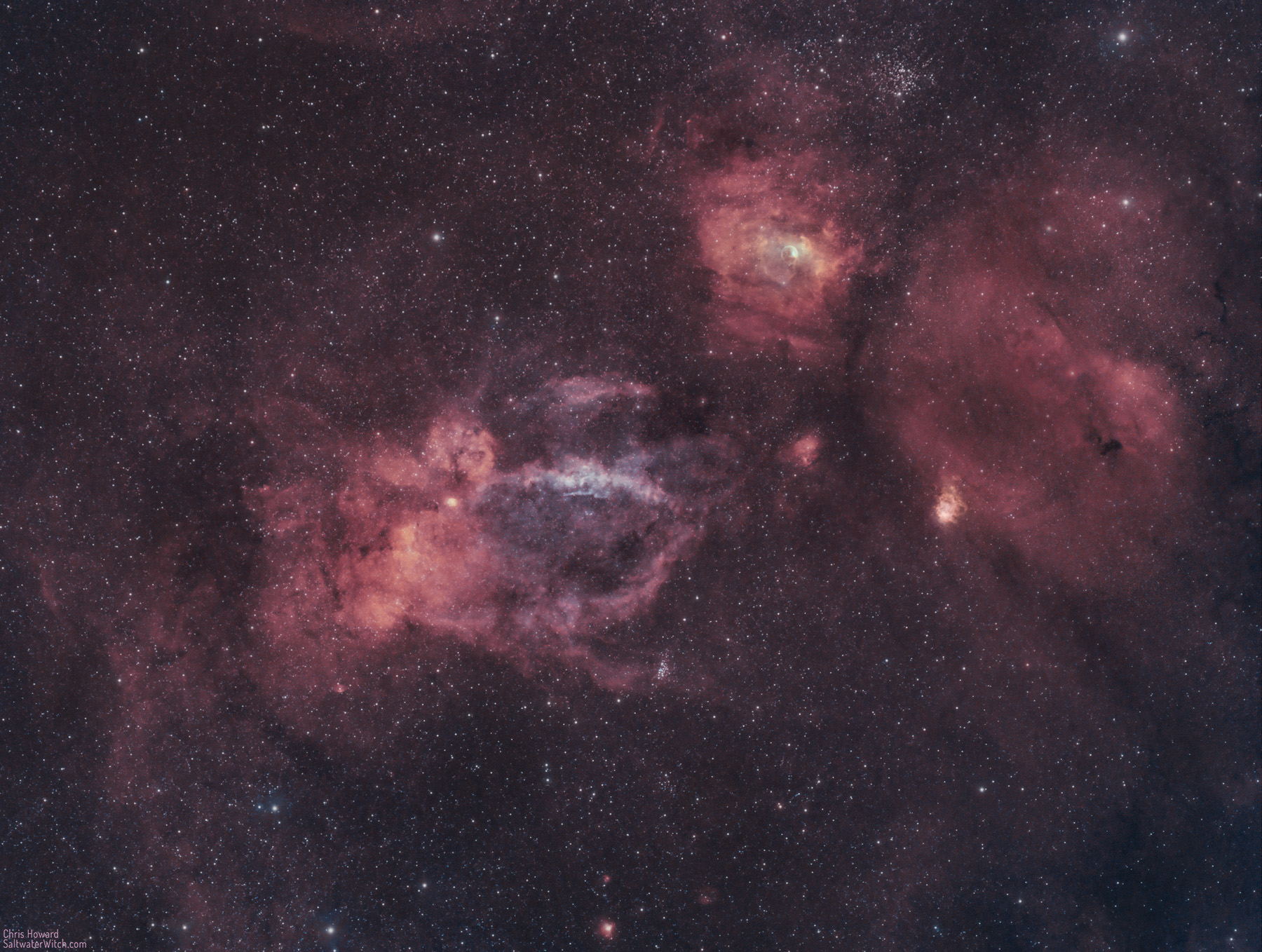
Posted August 28, 2022
Power & Control for the ZWO AM5
I am using a fanless Windows 10 machine and a Pegasus Astro Pocket Powerbox to run my ZWO AM5 mount. Both of these are mounted to a SmallRig cheese plate with 3M Command Strips (I like these better than Velcro).
MeLE Quieter2Q Fanless Windows 10 PC with J4125 CPU, 8GB RSM 128GB Storage
https://amzn.com/dp/B08ZXXJL6N
Pegasus Pocket Powerbox
https://pegasusastro.com/products/pocket-powerbox
SmallRig Multi-Functional Cheese Plate
https://amzn.com/dp/B019C2ZM8Q
Sprig Cable Management Device
https://www.bhphotovideo.com/c/product/1632736-REG
SVBONY Dovetail Base 32mm wide
https://amzn.com/dp/B07MR35HML
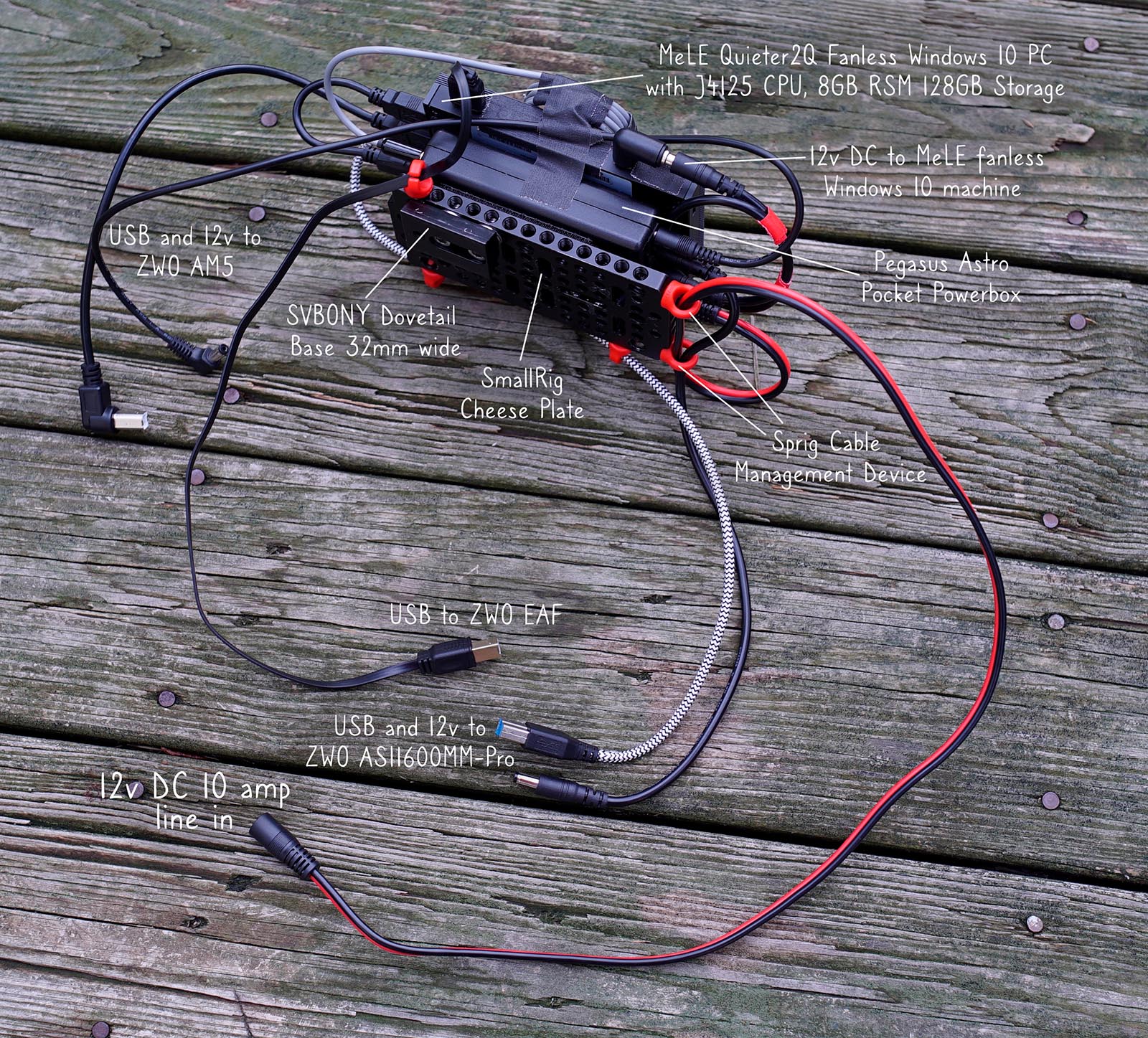
Posted August 23, 2022
Bad-weather Build: thin film dew heating strips
I have been thinking about a low-profile method for warming up the main scope and guide scope, and Polyimide film heaters seem like the perfect candidate. They're very thin, adhesive backed, and come in voltages (12v dc) and max output wattage that seem perfect for dew control. These aren't new in astrophotography. I know ZWO uses a Polyimide heating ring dew heater for the front of their cooled cameras, and I am pretty sure Deep Sky Dad uses similar film heating for the built in dew control on the motorized telescope cover and controllable flat panel available for some William Optics, Takahashi, and Askar scopes.
The build for this is relatively simple. I cut up an old stereo + video RCA cord, using the red and white male end audio jacks. I soldered the two leads from the jacks to the two leads from the heater film, covered the splice with shrink tubing, and that's it. I plugged both into the Pegasus Astro Pocket Powerbox to get a sense of where to set the PWM dial for best dew control results. It turned out to be quite a bit lower than expected.
CAUTION: The dew heating range in the Pocket Powerbox is 0 to 255, and I normally run my dew strips somewhere near maximum. You have to be careful with the Polyimide film though, because these generate a lot more heat, maybe enough to damage some scopes. After a couple tests, it seems like a range of 30 to 75 works. The next step is more testing--soon as the night skies clear up!
- RCA Male Jack, two leads stripped and ready to solder https://amzn.com/dp/B081TYCKC6
- Polyimide Film 12V 12W with adhesive back https://amzn.com/dp/B076PD7TXW
- Deep Sky Dad: Automated, flap panel https://shop.deepskydad.com/product/wo-redcat-flap-panel-fp1
- ZWO Anti-dew heater https://astronomy-imaging-camera.com/product/anti-dew-heater
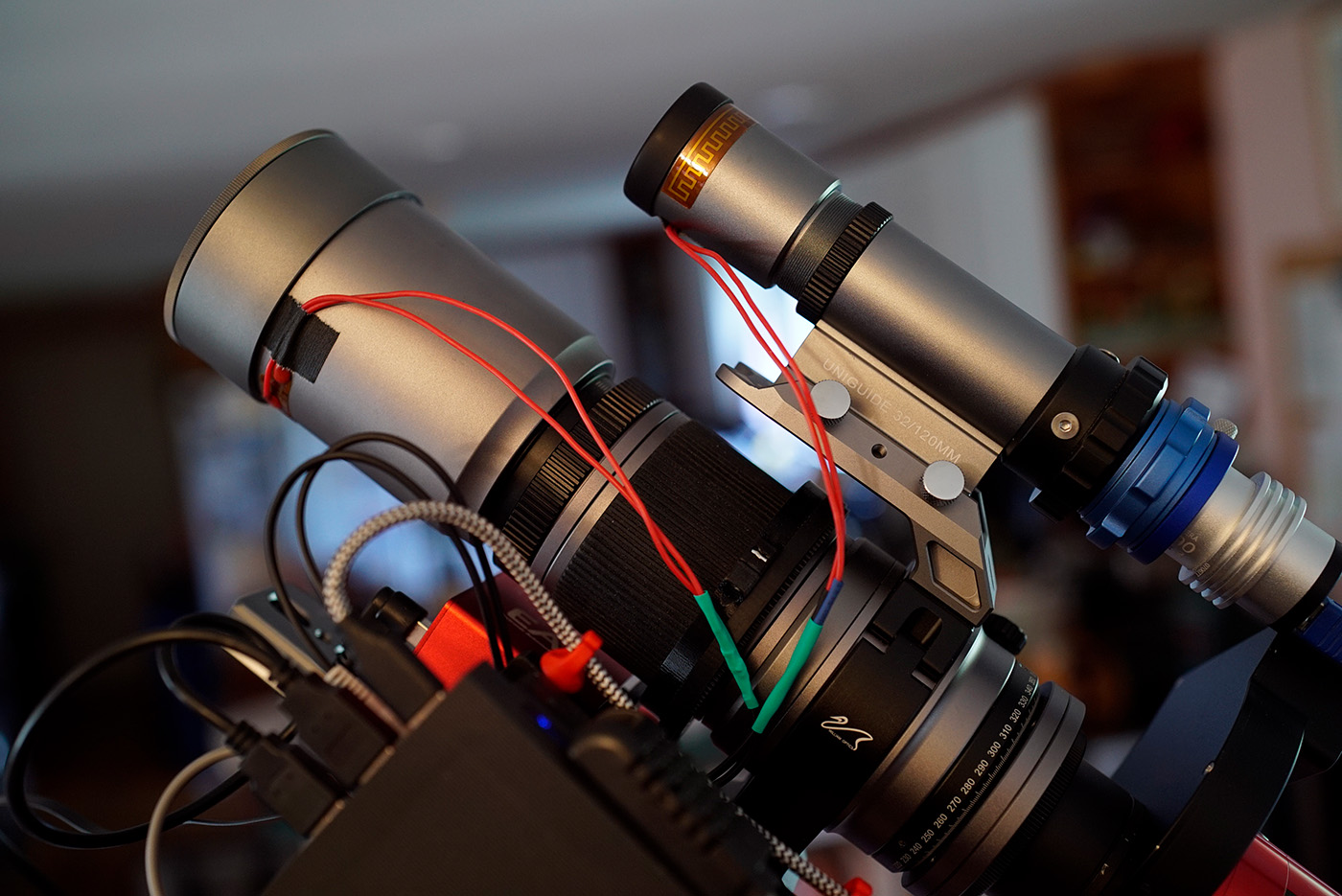
Posted August 21, 2022
Just doing a little weekend astrophotography
Actually, I'm just taking pictures of my gear because the evening weather is foul. But if it was clear, this is what I would be using to capture the night sky.
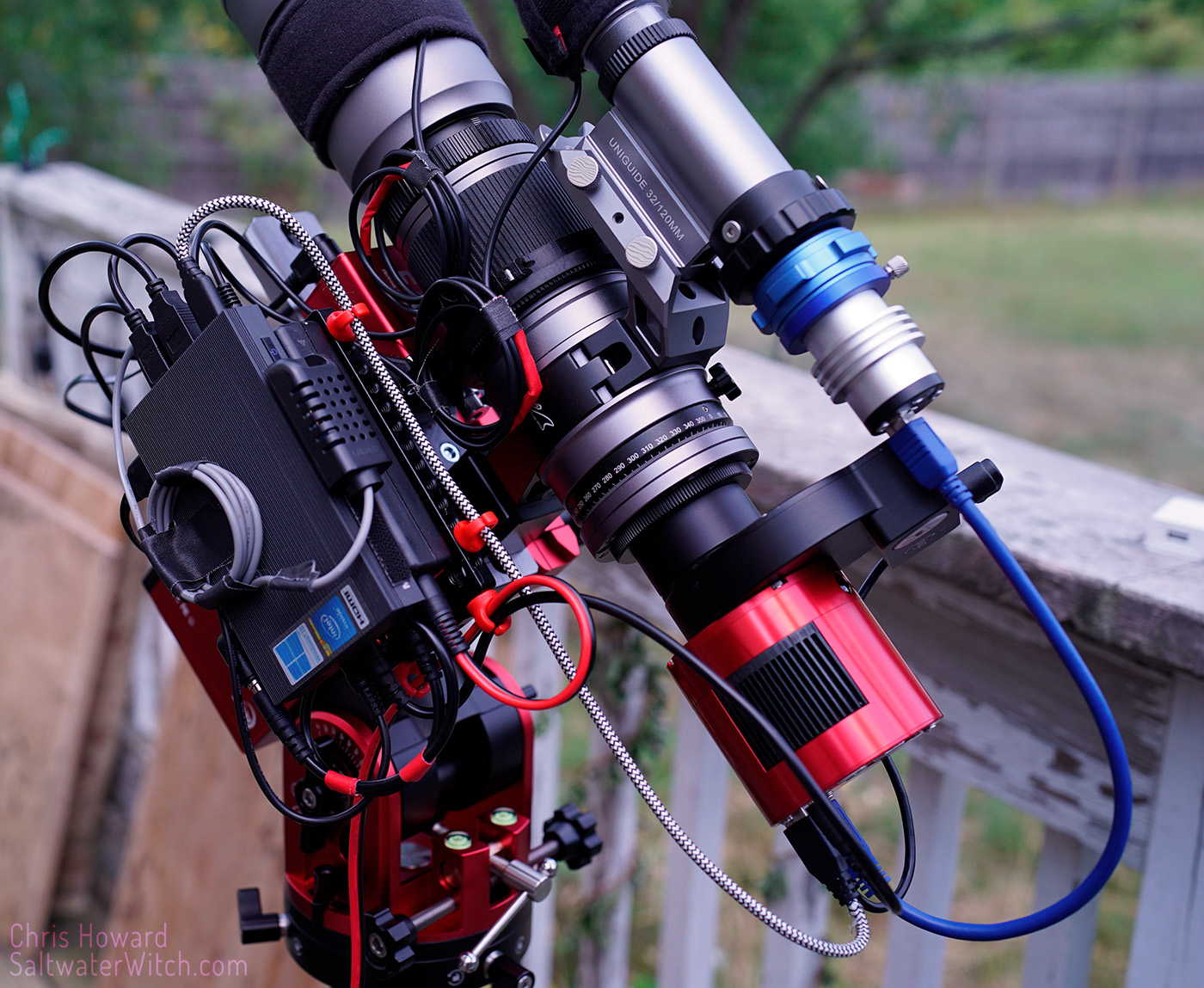
Posted August 20, 2022
Still Testing the AM5
Here's the Tulip Nebula (Sh2-101), top center, and some of the surrounding cloud structure in Cygnus. This is 23 x 240 second (4 minute) exposures in Hydrogen-alpha (6nm Astronomik narrowband filter), no calibration frames. I'm still testing out the new ZWO AM5 mount, and the Tulip is a nice deep sky target for Ha. Gear notes: William Optics SpaceCat 51 Apo refractor, ZWO ASI1600MM-Pro cooled monochrome camera.
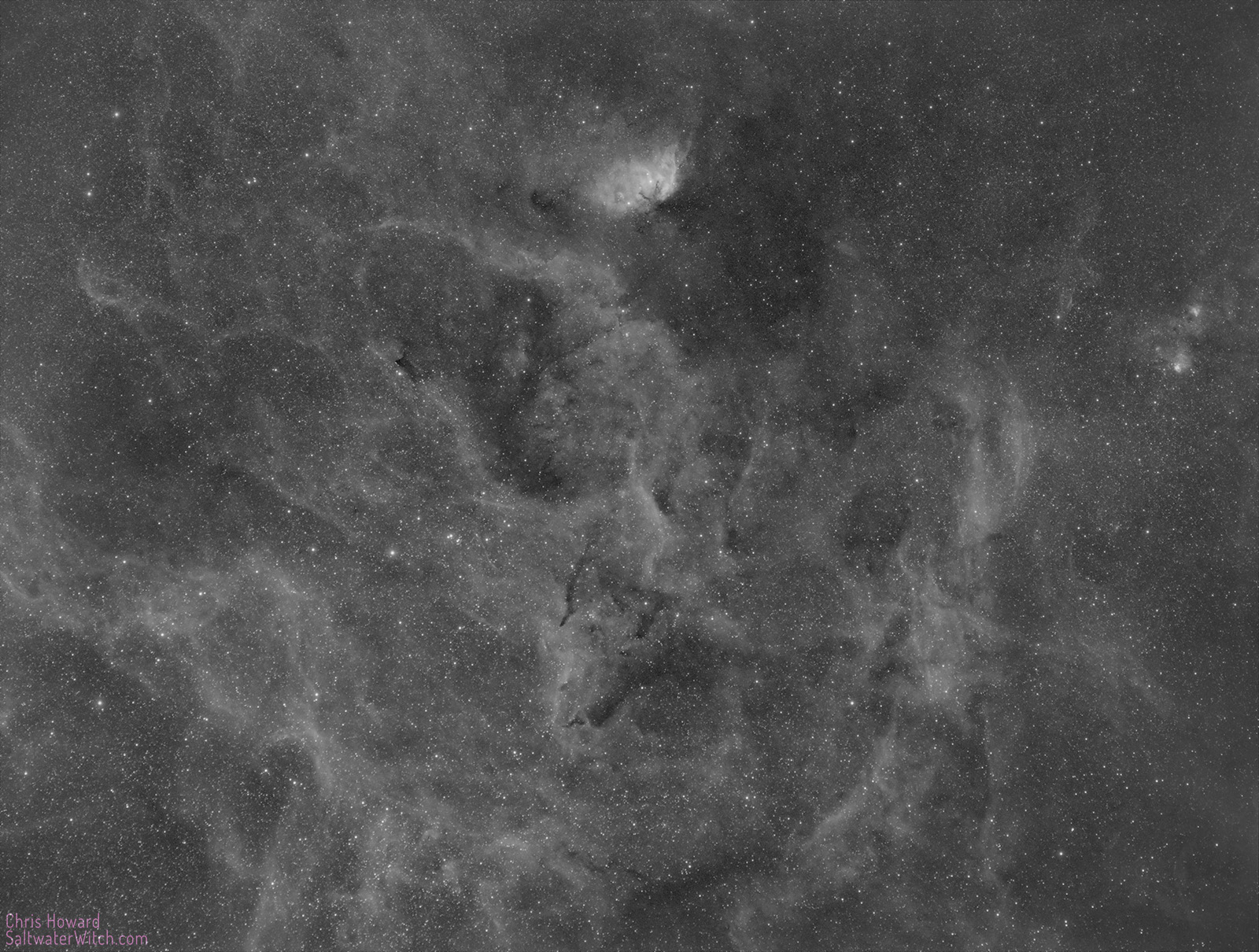
Posted August 20, 2022
ZWO AM5 Tips
![]()
1. The ASI Mount mobile app is a tool you should explore - I installed the ASI Mount app on my iPhone a week before the mount arrived (yeah, I was a bit excited). ZWO provides the application tools you need to configure your AM5 and keep its internal software (firmware) up to date. Use the ASI Mount app on your iPhone, iPad, Android phone, or tablet to set or adjust the AM5's home position and other settings. The app is built around a beautiful night sky observation view with full search functions, using your location to show what’s above you at the moment. Seriously, take a few minutes to check out the sky in the ASI Mount app, zoom in, find your favorite deep sky targets. A really impressive amount of design and engineering went into this. To use the app, plug in the hand controller, connect to the AM5’s wifi hotspot, named AMH_xxxx where xxxx will be an ID or random number for your mount. Links: Android (Google Play: https://bit.ly/3T29A5l), iPhone, iPad (https://apple.co/3dFhn8W)
2. Two words: cable management - watch your loose cables on the AM5. This is a very compact and powerful mount—always keep the power of this mount in mind. There are no clutches to slip. The gearing is always engaged, and if you snag your camera’s USB and power cables on the altitude adjustment knob, the mount can easily pull those out. If you don’t have fancy cable clips, I always recommend picking up a roll of 1 inch wide gaffer tape—I mean the more expensive cloth stuff that will hold things down but won't leave any residue. Get the real thing, not the cheap stuff. I use gaffer tape to hold cables together, to tape cables to the mount or the side of a camera. It's as permanent as you want it to be, holding whatever you need to hold until it's time to tear down your gear. Then it just peels away, and you can reuse it. There are many sources for this, but here’s what I have purchased from Amazon: https://amzn.com/dp/B00DVCFFI6
3. Start with a clean slate for guiding - In PHD2, in the ASIAir app, or whatever app you’re using for guiding in your astrophotography system, begin your first session by clearing the calibration. Slew to a nice star near the meridian and about halfway toward the zenith. The ideal point is where the meridian meets the Celestial Equator. (If you are in the northern hemisphere slew to the southern meridian; in the southern hemisphere slew to the north). Run calibration in your autoguiding application or application module—let it run and build up the data to tune your system for better guiding. It takes a few minutes away from imaging, but in my experience, it’s always worth it.
4. The ZWO AM5 community and ZWO product information - There is already a lot of information out there, and the experiences with the AM5 grow every day. If you use Facebook, I highly recommend joining the ZWO AM5 Mount Users Group (https://bit.ly/3QCem7S). There are new posts of set ups, AM5 questions, with a lot of participation from the community. Or go to the source: ZWO has produced a full AM5 manual as well as quick guides for general operations and other products, which you may also have. Take some time to review the AM5 page on the ZWO site (https://bit.ly/3NVBufW). As of this writing, there are 131 items on the AM5 Q&A page, and the product page itself is long, with mount specifications, information on strain-wave gearing, periodic error measurements, mount features, mechanical diagrams, and more. For those who want to dig into their AM5’s periodic error report, “10 Things to Know About the PE Test Report” (https://bit.ly/3NmOzPk). And here's the ZWO Youtube Channel https://www.youtube.com/channel/UCAmDsyAh8Y0BeCN2Gs5pxrg
Posted August 18, 2022
Every ZWO AM5 Mount comes with its own Periodic Error Chart
If I'm calculating this correctly, the theoretical best performance for my particular ZWO AM5 mount with a maximum period error of 23.6" is 0.136 arc-second error for a 1 second guide duration. So, 0.136" error is what's possible with perfect seeing, no atmosphere, in Earth's orbit somewhere. Here on the ground, ZWO has specified that all AM5 mounts should perform with 0.5" to 0.8" total error or better, given average seeing and atmospheric disturbance. And that seems to be exactly what I am experiencing.
For a detailed walk-through of the periodic error report values and calculations see 10 things you need to know about the custom AM5’s PE Test Report provided by ZWO
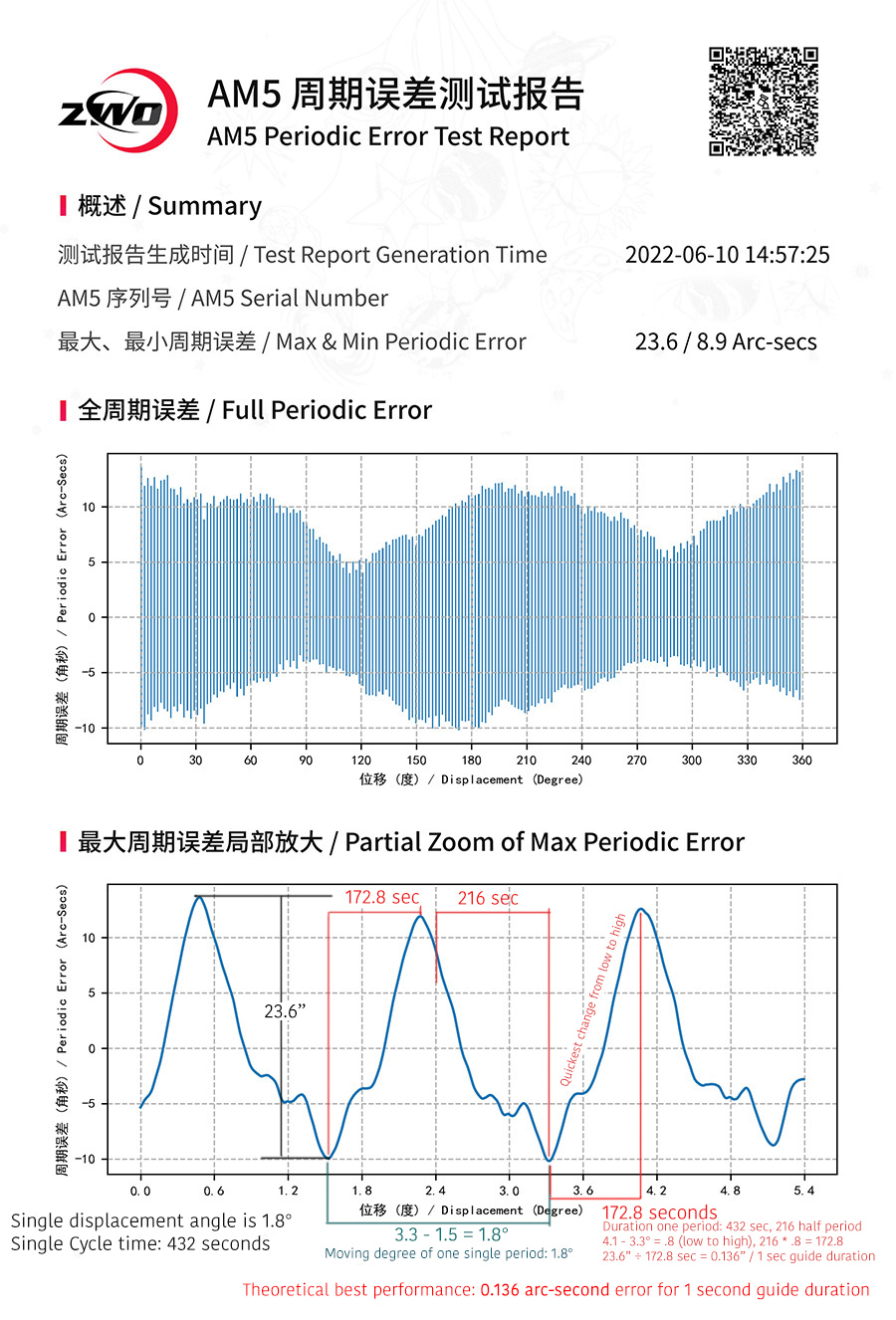
Posted August 17, 2022
I finally bought the Optolong L-eXtreme
The weather doesn't look like it's going to cooperate in the next four to five days, and at the same time, the moon is seriously imposing its reflective properties on the night sky. So, not the best time to try out a new filter—even a narrowband one. I recently bought the Optolong L-eXtreme dual-band filter, specifically for my ZWO ASI071 color camera, which has an APS-C sized sensor. The L-eXtreme filters out everything except two narrow (7nm) bands along the Oxygen III line and Hydrogen-alpha line. I am anxious to try this out with the 8" f/4 Newtonian on the Veil Nebula.
